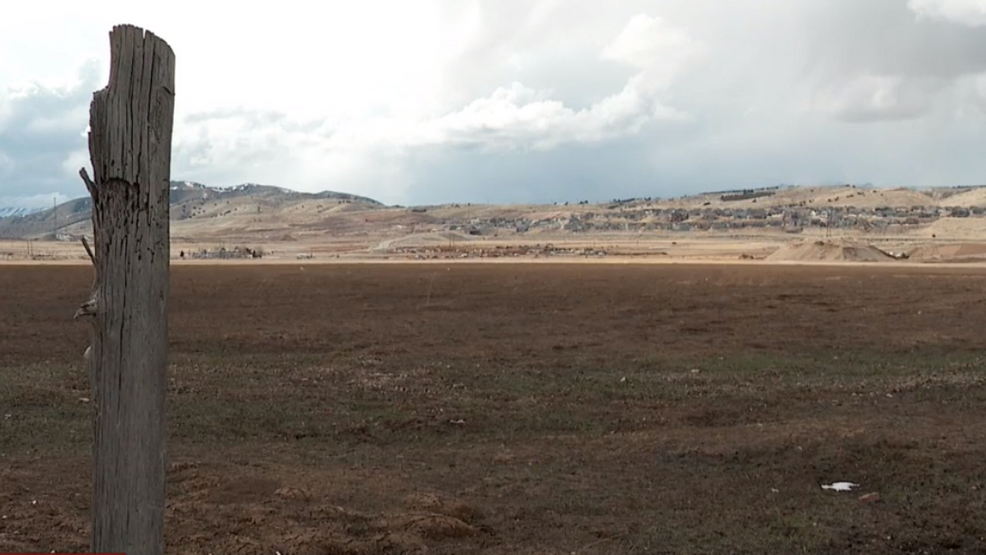Utah – Utah Gov. Spencer Cox has asked Utahns to save water, as most of the state is experiencing an extreme drought. But what’s the best way to do that?
Zach Frankel, executive director of the Utah Rivers Council, said Utahns should be looking outside their houses to save water.
“The amount of water going to our showers is a pittance compared to the amount of water wasted on our landscapes, and for that matter, on our sidewalks and our streets and gutters,” he said.
Frankel said one easy way to conserve water is to invest in a rain barrel, which captures water from gutters and stores it for irrigation.
It became legal to capture and store up to 2,500 gallons of rainwater at a time in Utah in 2010. And rain harvesting can lead to major water savings. A Utah State University study found a 50-gallon barrel in Salt Lake City can capture an average of almost 4,000 gallons a year, between the months of April and October.
Each year, Frankel’s group partners with a few cities along the Wasatch Front to make rain barrels available at a discounted rate. The cities subsidize the $120 barrels, so residents only pay $50. This is the sixth year in a row the program has sold out of barrels before the sign-up window closed, according to Frankel.
“I think there’s no question that Utah is ready to save water, and more cities should participate in this program,” he said.
Replacing ornamental grass and plants with native, drought-tolerant species is an even better way to save water, according to Dr. Roslynn McCann, a sustainable communities professor at USU’s Moab campus.
“I’m definitely supportive of rain barrels, but in a state like Utah we need to be upping our game,” she said.
The Environmental Protection Agency estimates 30% of residential water use in the U.S. goes toward lawns and gardens, and that number is even higher in the arid west, where people use more water on their lawns and gardens.
A study by the City of Santa Monica, California’s Sustainability Office found that replacing a “traditional” garden with a “native” garden resulted in over 50,000 gallons of water-savings in one year.
“The potential is endless when it comes to alternative landscaping,” McCann said. “I caution people against just limiting themselves to a xeriscape landscape.”
There are a number of rebate and incentive programs around the state for people looking to make the switch, and USU Extension has a resource center where people can get tips.






